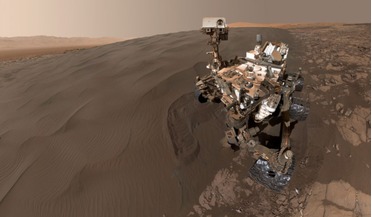 01 November 2021
Curiosity finds organic molecules in Mars sand dune
01 November 2021
Curiosity finds organic molecules in Mars sand dune
... chance of detecting them. Because this derivatisation process uses solvents of chemicals, it is called a “wet chemistry” experiment. But, Curiosity only has nine cups containing these solvents, so only the most interesting rock samples are selected...
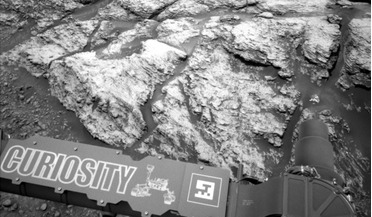 24 June 2019
Unusually high methane spike detected by Curiosity
24 June 2019
Unusually high methane spike detected by Curiosity
... increase of this organic molecule also occurs. Now, Curiosity has detected another significant spike that so far, is...was questioned by some as being a by-product that Curiosity made itself, but independently confirmed results by scientists using...
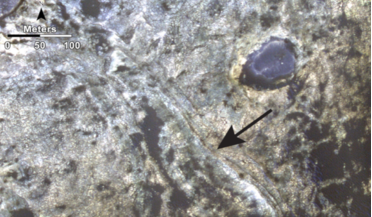 07 October 2019
Salty rocks found by Curiosity supports theory that Mars once had vast lakes
07 October 2019
Salty rocks found by Curiosity supports theory that Mars once had vast lakes
... from a watery world to that of a giant desert is one of the primary objectives of the Mars Science Laboratory (MSL)/Curiosity rover investigation. One thing that many planetary geologists agree on is that this transition is believed to have taken...
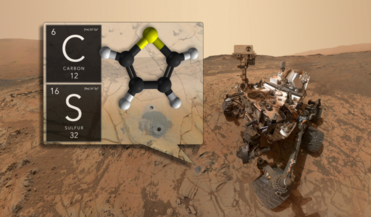 08 June 2018
Curiosity discovers ancient organic molecules on Mars
08 June 2018
Curiosity discovers ancient organic molecules on Mars
... NASA's Jet Propulsion Laboratory in Pasadena, California, lead author of the second paper. "This is all possible because of Curiosity's longevity. The long duration has allowed us to see the patterns in this seasonal 'breathing.'" Again, while water...
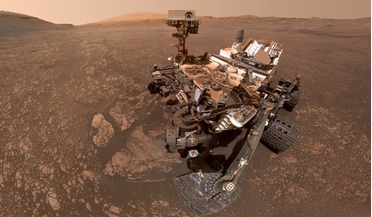 13 November 2019
Curiosity uncovers oxygen mystery on Mars
13 November 2019
Curiosity uncovers oxygen mystery on Mars
... the air directly above the surface of Gale Crater on the Red Planet. One of the jobs NASA's Curiosity rover is set to perform while it ambles around the martian surface is to inhale the air around Gale Crater...
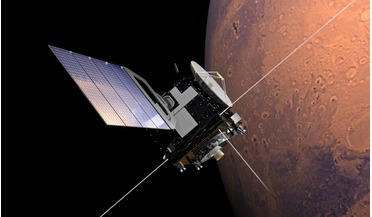 01 April 2019
First independent confirmation of methane on Mars
01 April 2019
First independent confirmation of methane on Mars
... the size of bacteria. No one thinks it's because of the trash that martians have buried anyway. So, when the Curiosity rover detected a small burst of methane at a particular location within Gale Crater - a clay-laden depression suspected of being...